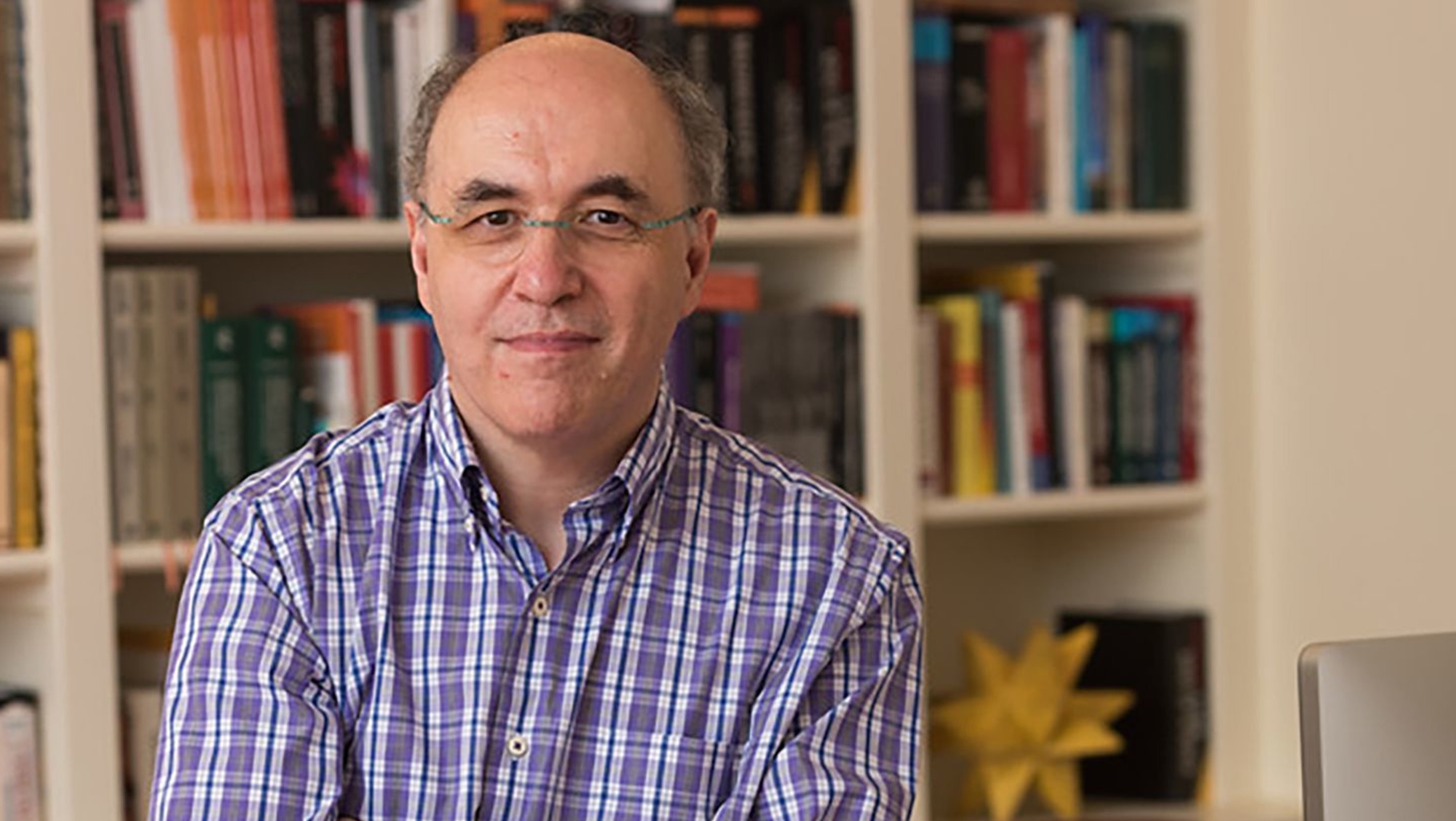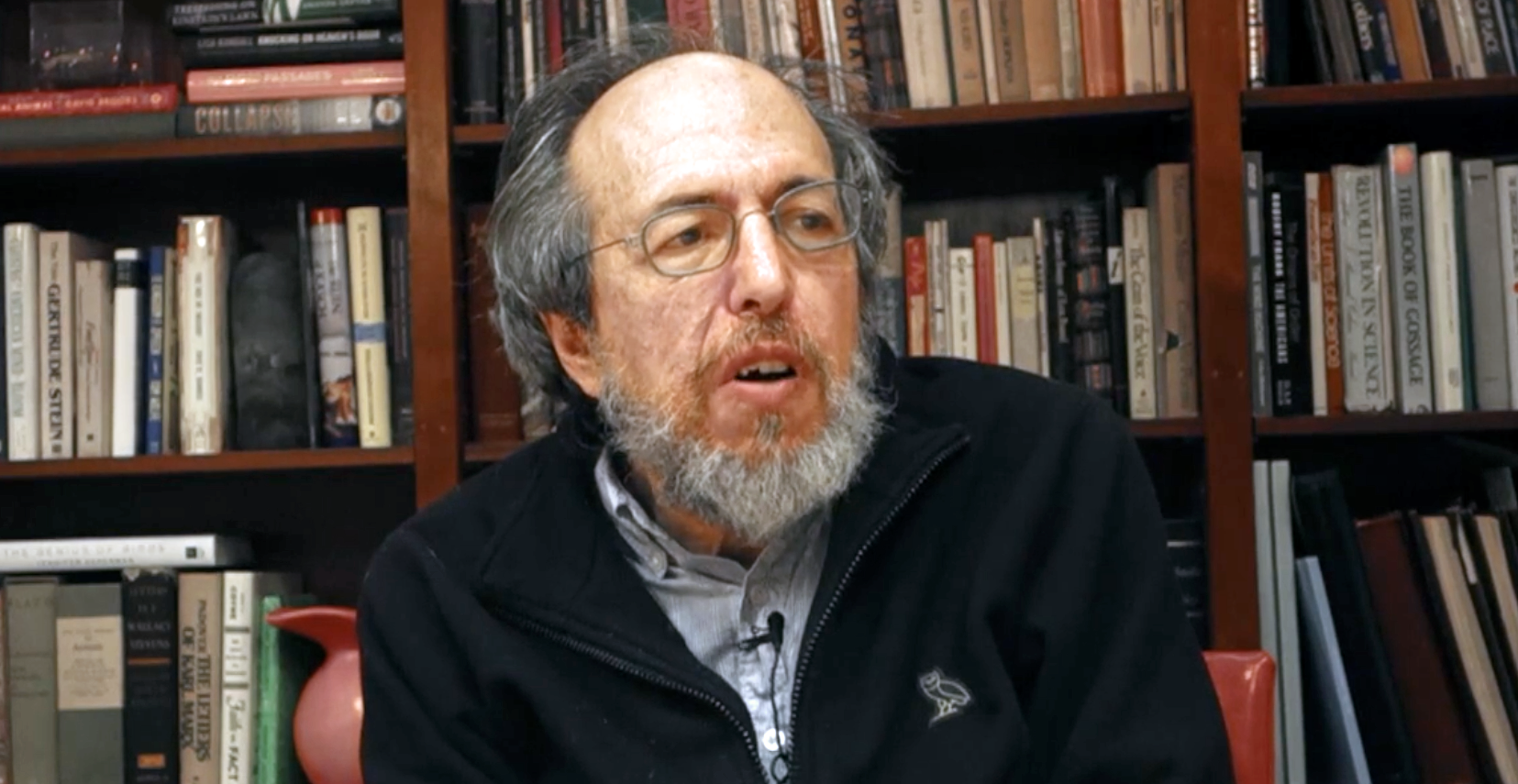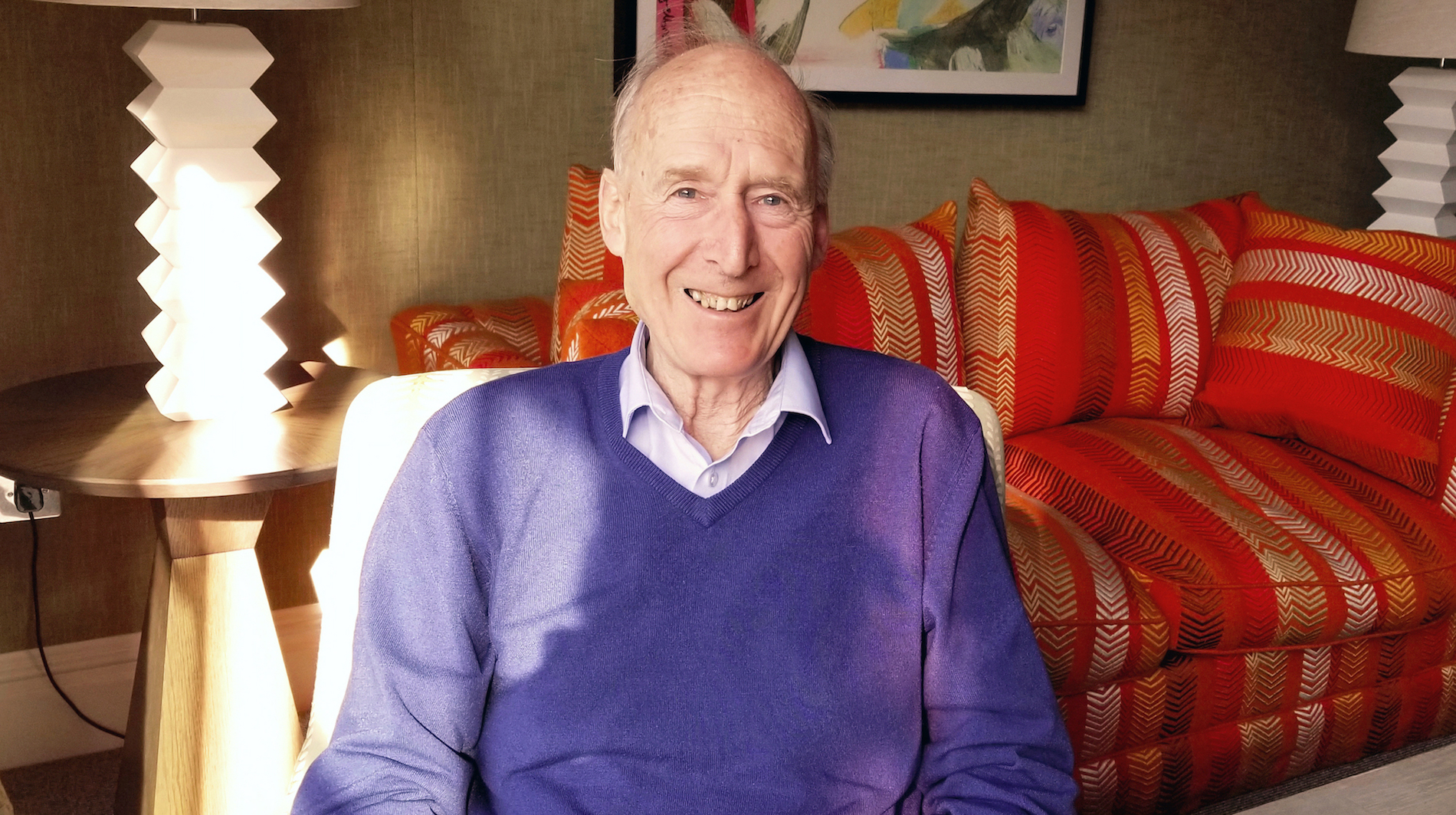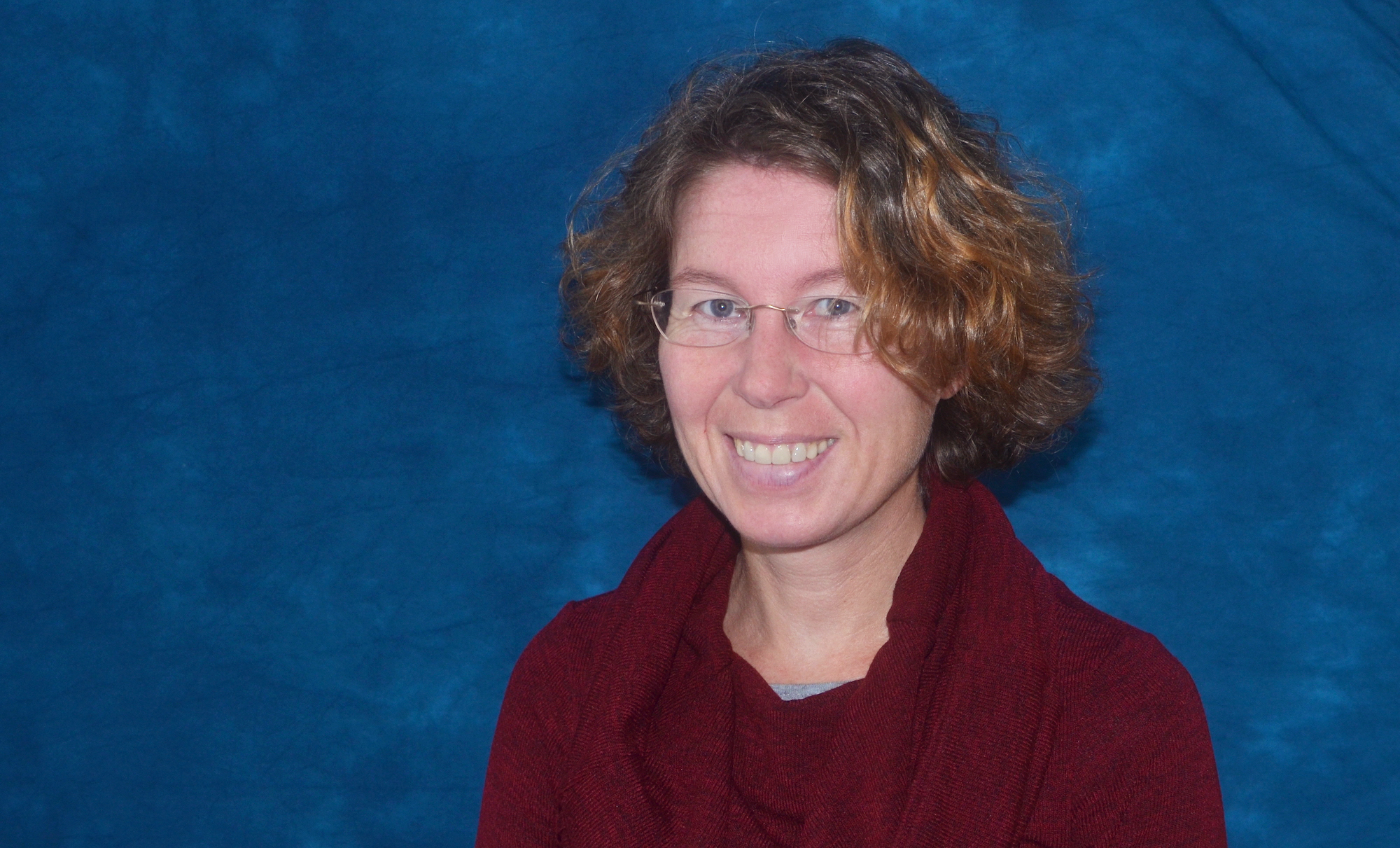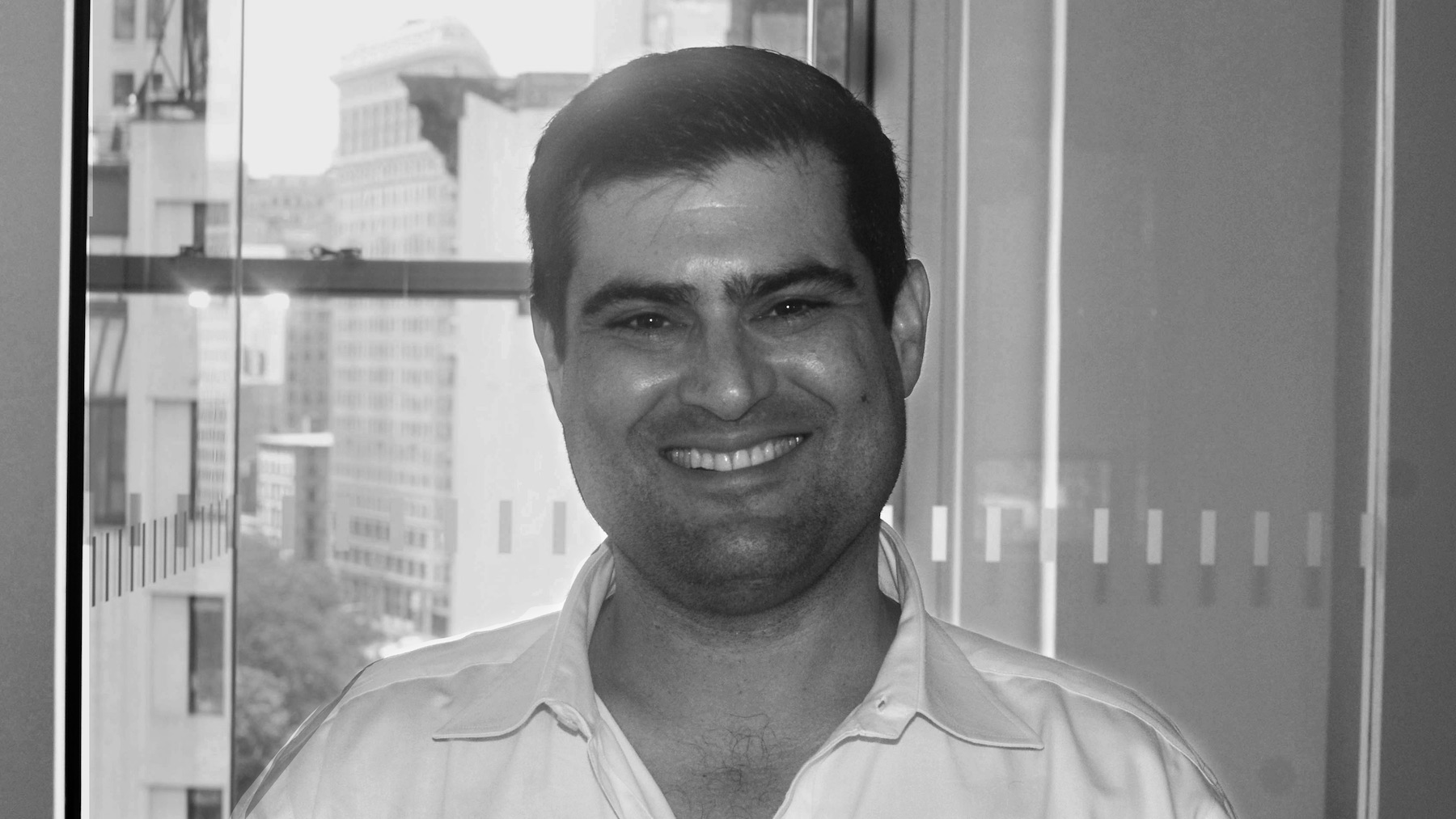
One of the great books in science was published in 1824 by a young Frenchman called Sadi Carnot. It is one of the most wonderful books, the title of which is Reflections on the Motive Power of Fire. In about six pages, Carnot explains how you would make a steam engine that would work with the absolute maximum efficiency possible. It was almost entirely ignored, and he died before anything much could come out of it. It was rediscovered in 1849 when William Thomson, who later became Lord Kelvin, wrote a paper that publicized this work. Within a couple of years, thermodynamics had been created as a science.
It caused a tremendous lot of excitement from the 1850s onwards. The key thing about this work of Carnot's is that if you have a steam engine, the steam has to remain in a cylinder in a box. You want the steam engine to work continuously, so you keep on having to bring the steam and the cylinder back to the condition it was before. It's remarkable that the development of what's called statistical mechanics—to understand how steam behaves—led to the discovery of entropy, one of the great discoveries in the history of science, and with it the mystery of the arrow of time. And it all followed out of this work of Carnot on how steam engines work. And moreover, it was very anthropocentric thinking about how human beings could exploit coal to drive steam engines and do work for them. At that stage, nobody was thinking about the universe as a whole; they were just thinking about how they could make steam engines work better.
This way of thinking, I believe, has survived more or less unchanged to this day. You still find that people who work on this problem of the arrow of time are still assuming conditions that are appropriate for a steam engine. But in the 1920s and early 1930s, Hubble showed that the universe was expanding, that we live in an expanding universe. Is that going to be well modeled by steam in a box? My belief is that people haven't realized that we have to think out of the box. We have to think in different ways. My collaborators and I keep on finding ways in which the mathematics that was developed before to understand systems confined in a box have to be modified with quite surprising consequences and, above all, possibly to explain why we have an incredibly powerful sense of the passage of time, why the past is so different from the future.
JULIAN BARBOUR is a theoretical physicist specializing in the study of time and motion; emeritus visiting professor in physics at the University of Oxford; and author of The Janus Point (forthcoming, 2020) and The End of Time. Julian Barbour's Edge Bio Page

